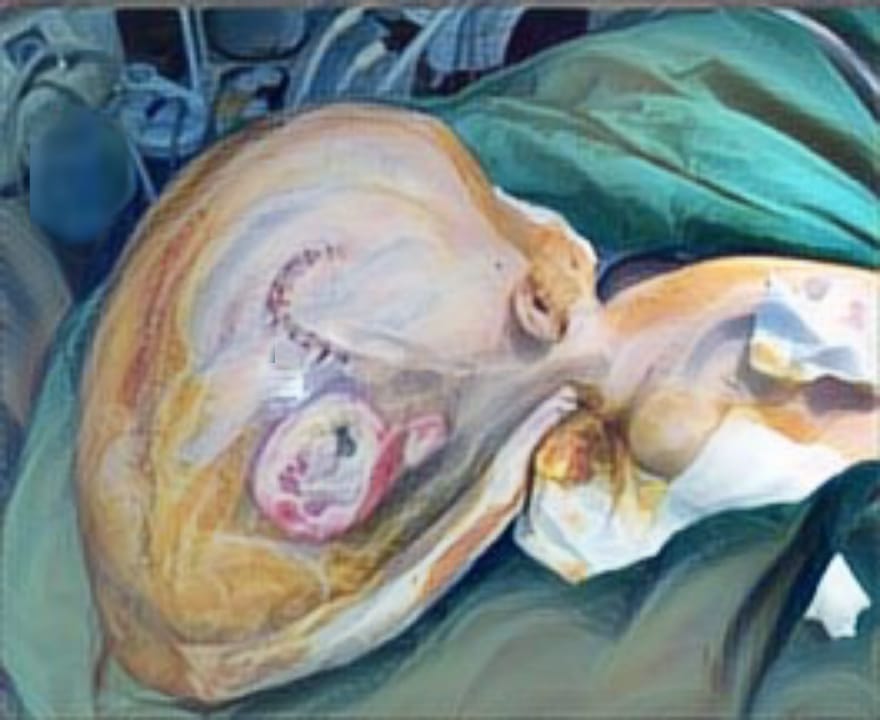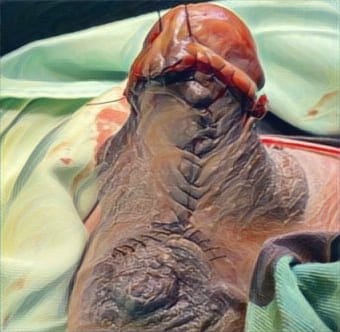CORELATION OF PARENTS' PROFILES OF CHILDREN WITH LATE CLEFT REPAIR IN SURABAYA CLEFT LIP AND PALATE CENTRE (JANUARY 2015–DECEMBER 2017)
Downloads
Highlights:
- Economic factors and insufficient information about cleft palate treatment was the primary cause of delayed repairs,except for Parents' education levels.
- The essential responsibility of primary care physicians is to provide education on treatment stages to minimize delays.
Abstract:
Introduction: Optimal time of Cleft palate repair is during the 10 to 12 month of age. In this time produce far natural results in terms of speech because it enabled the maturation of scar tissue postoperatively. The soft palate must function properly before the patient starts learning to talk, otherwise speech disorders such as persistent rhinolalia aperta might arise. In pediatric patients, the role of parents is very important on adherence to therapy.
Methods: This is a cross-sectional study. The first study group was parents of patients who had surgical repair before two years old and the second group was the parents of patients who had repair after two years old. We compared age, monthly income, education level, number of children, and residential distance from Surabaya of the two groups.
Results: The data of this study were obtained from the medical records of patients with cleft lip surgery at CLP Center Surabaya in 2015th-2017th with total of 358 patients, 172 were female and 186 were male. 52 patients with delayed cleft palate surgery. Patients' parents in both groups were mostly 31- 40 years old, were high school graduated, has one child, earned less than 1.5 million rupiah a month, and lived less than 100 kms from Surabaya. From the statistical results, parent's income has the strongest correlation with the patient's age in cleft palate surgery (-2.7). A negative coefficient means that the less parent's income, the more patient likely had delayed cleft palate surgery. While other factors found weak and very weak correlations.
Conclusions:The results form patient's parents' interview, concluded that besides economic factors, the lack of information cleft palate treatment is the key factors that contributed to the delay of cleft palate repair. The education level does not affect the delay in cleft palate surgery, because even in high educated parents, sometimes they don't understand the stages of cleft lip and palate treatment. This study emphasized the necessity to educate about the stages of surgery by primary care physicians, to minimize delays.
Hopper R. Cleft Lip and Palate: Embryology, Principles, and Treatment. In: Thorne CH, editors. Grabb and Smith's Plastic Surgery,7th ed. Philadelphia: Lippincott Williams & Wilkins; 2014.
Christensen K. The 20th Century DanishFacial Cleft Population Epidemiological and Genetic Epidemiological Studies. The Cleft Palate-Craniofacial Journal. 2000;36(2):96-104.
Noer IS. Study on The Cause of Delayed Operation for Cleft Palate Repair at CLP Center in Surabaya International Hospital. 2007
Marzoeki DJ. Tehnik Celah Bibir dan Langit- langit. Jakarta: Sagung Seto; 2002.
Noer MS. Study on Case Delayed Operation for Cleft Palate Repair at CLP Center Surabaya International Hospital. 2006.
Hertz R, et al. Adherence with pharmacotherapy for type 2 diabetes: a retrospective cohort study of adults with employer-sponsored health insurance. Clinical Therapeutics. 2005;27(7):1064- 1073.
Iihara N, et al. Beliefs of chronically ill Japanese patients that lead to intentional non-adherence to medication. Journal of Clinical Pharmacy and Therapeutics. 2007;29(5):417-424.
Siegal B, Greenstein S. Compliance and Noncompliance in Kidney Transplant Patients: Cues for Transplant Coordinators. Journal of Transplant Coordination. 2007;9(2):104-108.
Loong, TW. Primary non-compliance in a Singapore polyclinic. Singapore Med J. 2009 Nov;40(11):691-3.
Okuno J, et al. Is cognitive impairment a risk factor for poor compliance among Japanese elderly in the community?. European Journal of Clinical Pharmacology. 2011;57(8):589-594.
Ghods A, Nasrollahzadeh D. Noncompliance with Immunosuppressive Medications After Renal Transplantation. Tissue Antigens. 2013;60(6):553-553.
Norman S, et al, Social Normative Influences, and Compliance with Antihypertensive Medication. American Journal of Preventive Medicine. 2005;1(3): 10-17.
Horne R, Weinman J. Patients' beliefs about prescribed medicines and their role in adherence to treatment in chronic physical illness. Journal of Psychosomatic Research. 2009;47(6):555-567.
Kaona F, et al. An assessment of factors contributing to treatment adherence and knowledge of TB transmission among patients on TB treatment. BMC Public Health. 2004;4(1).
DiMatteo MR. Patient adherence to pharmaco-therapy: the importance of effective communication. Formulary. 2005;30(10):596-605.
Kyngäs H, et al. Compliance of patients with hypertension and associated factors. Journal of Advanced Nursing. 2009;29(4):832-839.
Senior V, et al. Self- Reported Adherence to Cholesterol-Lowering Medication in Patients with Familial Hypercholesterol-aemia: The Role of Illness Perceptions. Cardiovascular Drugs and Therapy. 2007;18(6):475-481.
Kaplan R, et al. Race, ethnicity, and sociocultural characteristics predicsst non-compliance with lipid-lowering medications. Preventiv Medicine. 2014;39 (6):1249-1255.
Choi-Kwon S, et al. Compliance with Risk Factor Modification: Early-Onset versus Late-Onset Stroke Patients. European Neurology. 2015;54(4):204-211.
Frazier PA, et al. Correlates of non-compliance among renal transplant recipients. Clin Transplant. 2004;8(6): 550- 557.
Apter A, et al. Adherence with Twice-Daily Dosing of Inhaled Steroids. American Journal of Respiratory and Critical Care Medicine. 2008;157(6): 1810- 1817.
Mishra P, et al. Socio-economic status and adherence to tuberculosis treatment: a case-control study in a district of Nepal. Int J Tuberc Lung Dis. 2015;9(10):1134-1139.
Copyright (c) 2020 Laras Puspita Ningrum, Iswinarno Doso Saputro, Lobredia Zarasade

This work is licensed under a Creative Commons Attribution-ShareAlike 4.0 International License.
JURNAL REKONSTRUKSI DAN ESTETIK by Unair is licensed under a Creative Commons Attribution-ShareAlike 4.0 International License.
- The journal allows the author to hold copyright of the article without restriction
- The journal allows the author(s) to retain publishing rights without restrictions.
- The legal formal aspect of journal publication accessbility refers to Creative Commons Attribution Share-Alike (CC BY-SA)




















